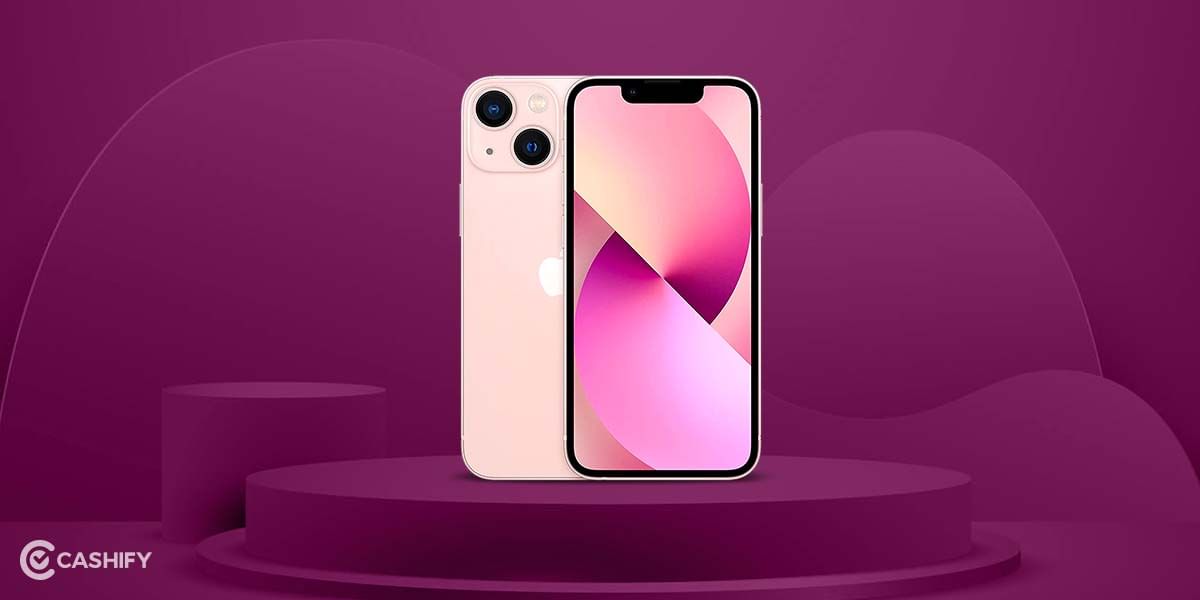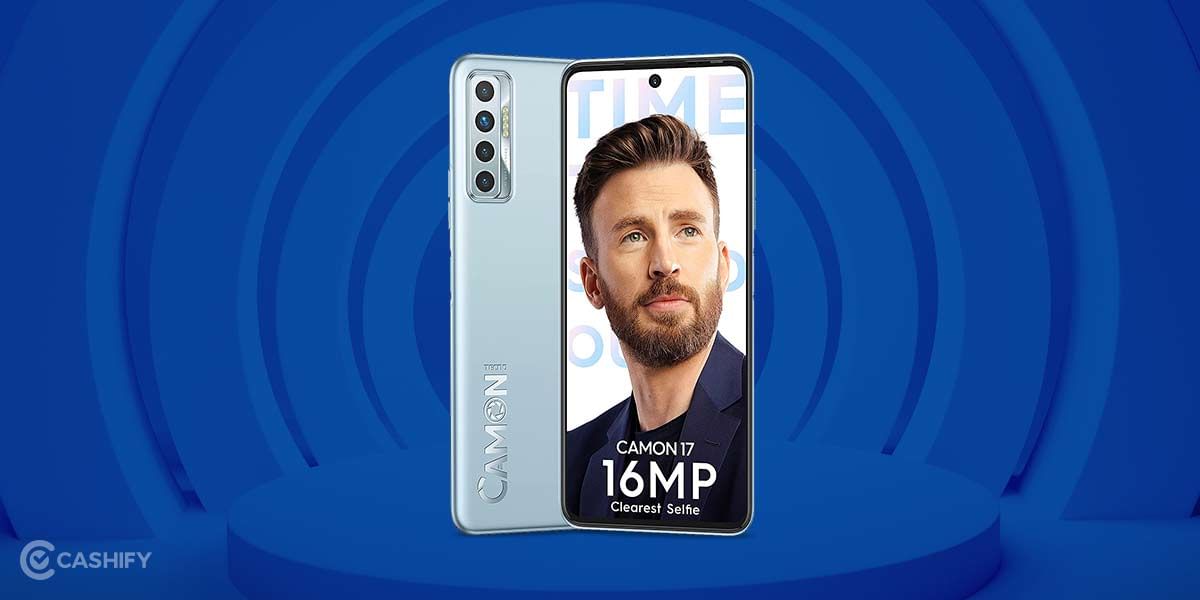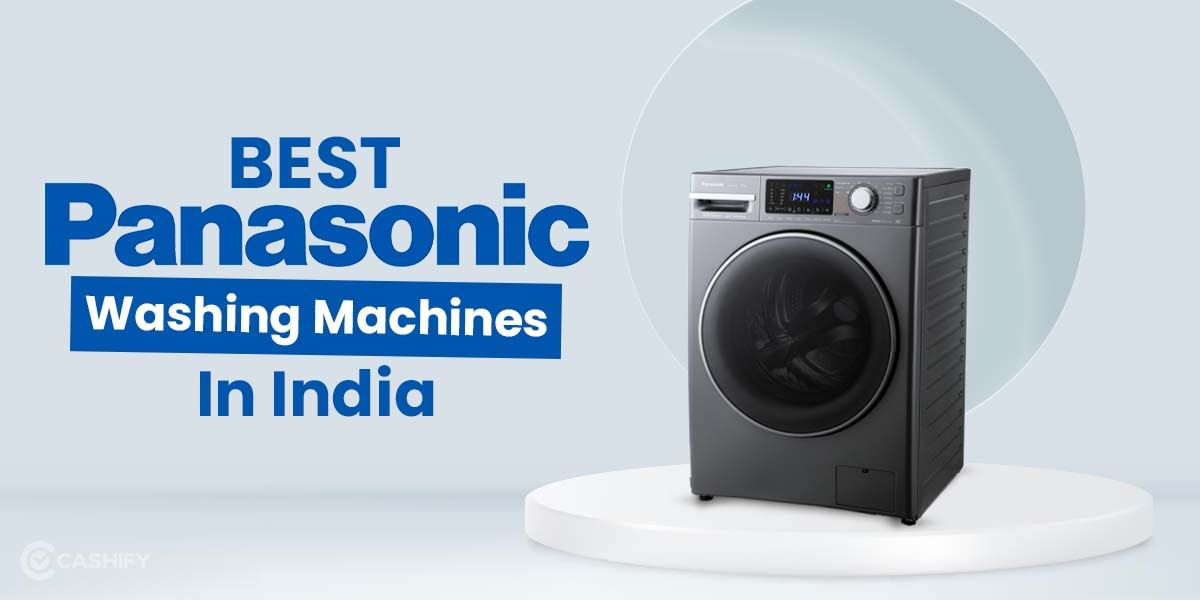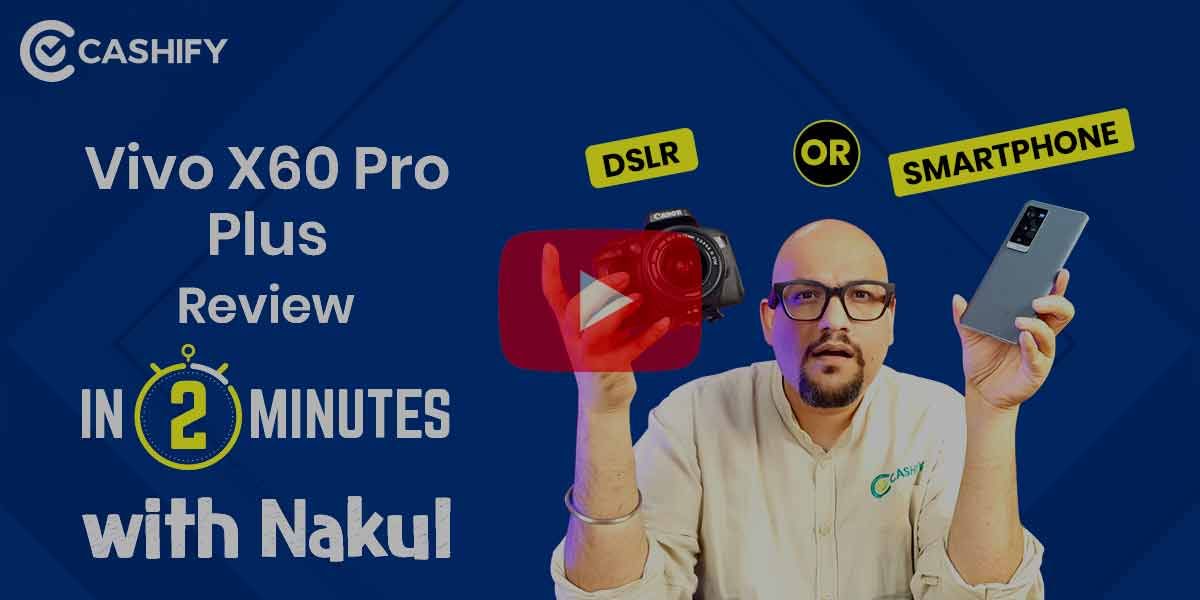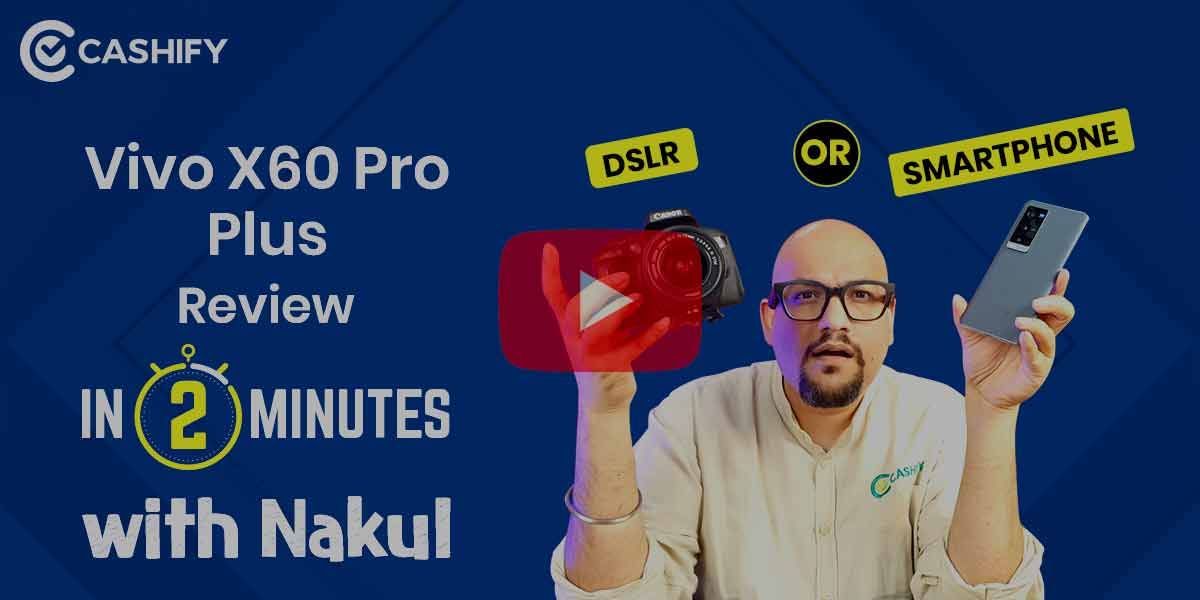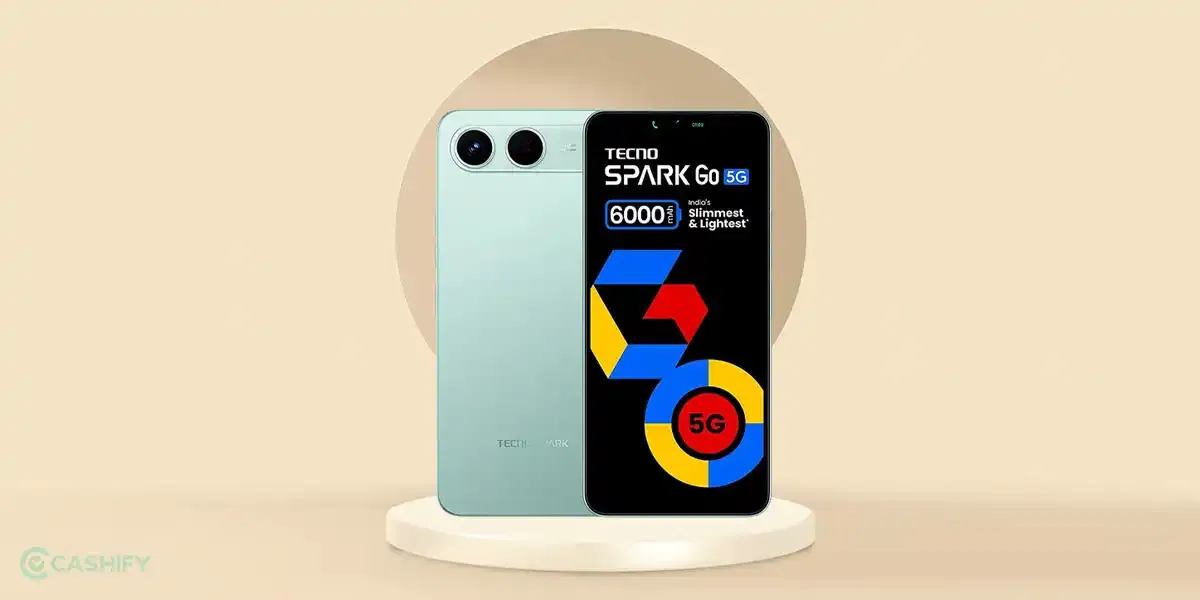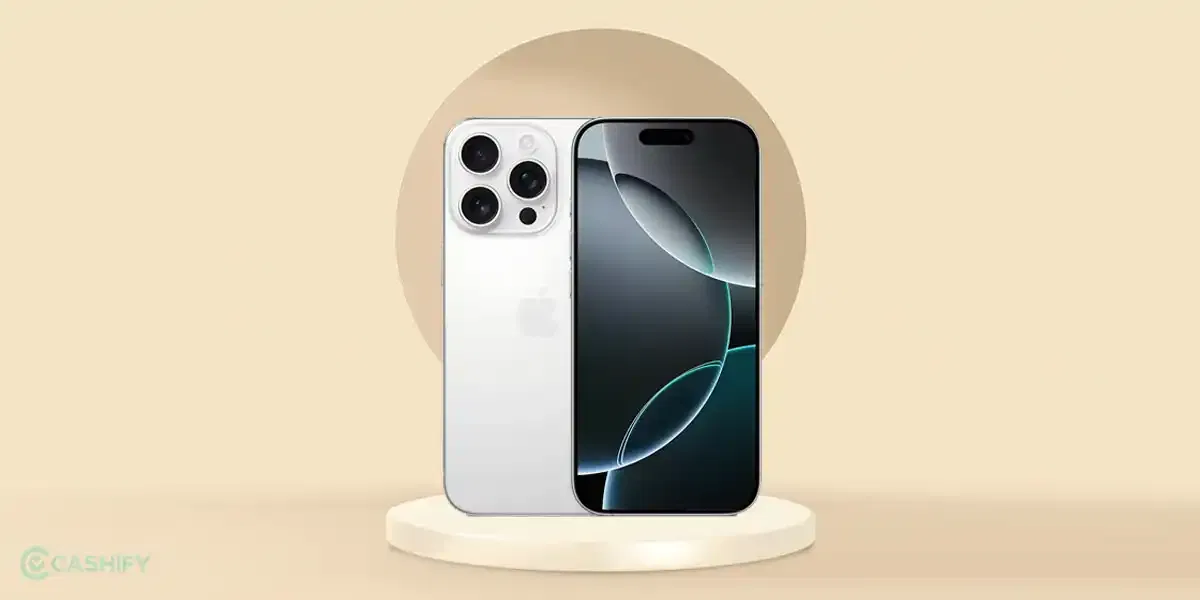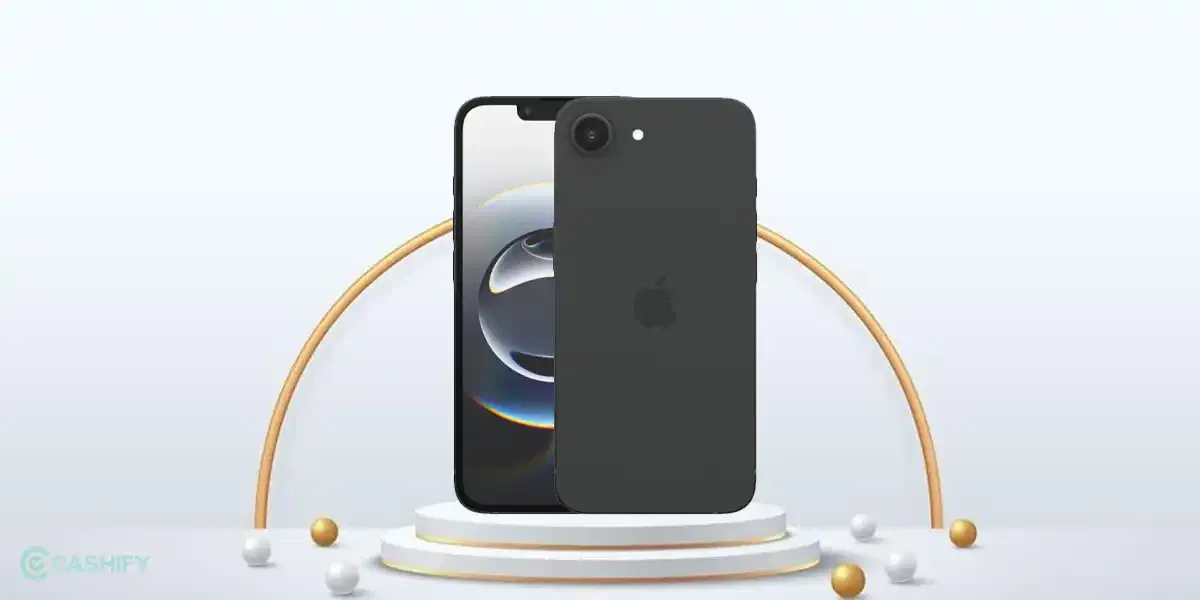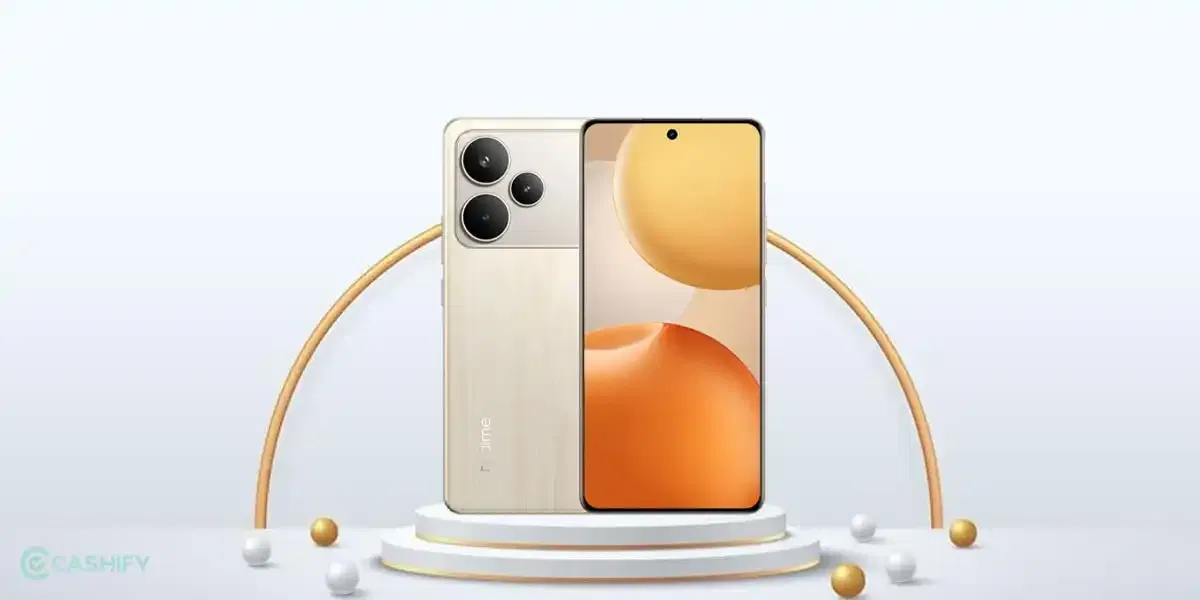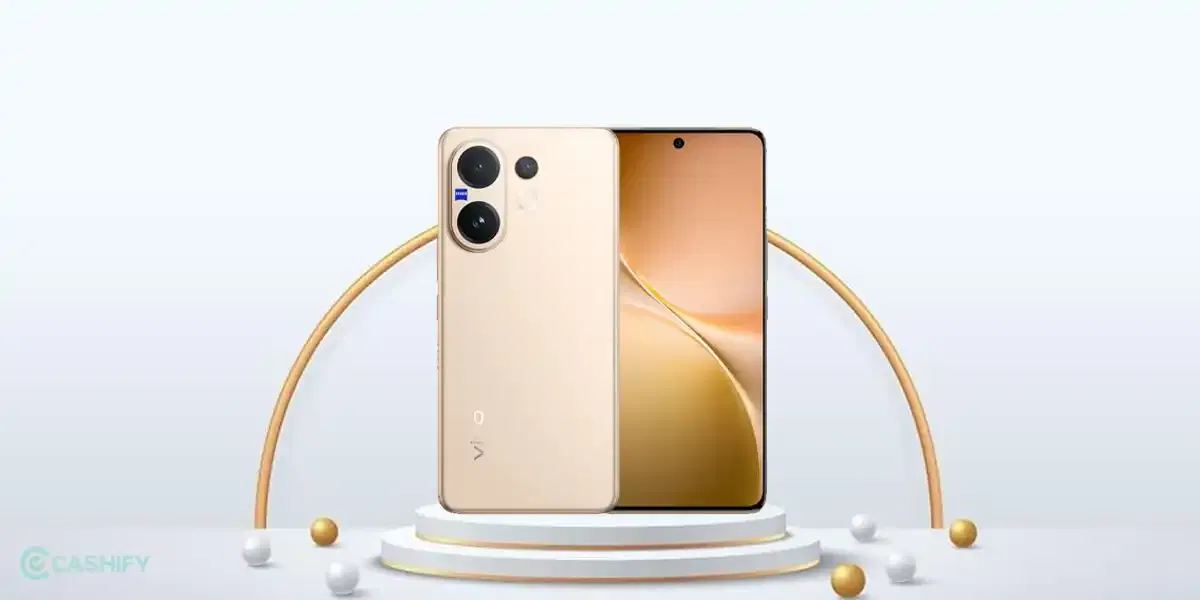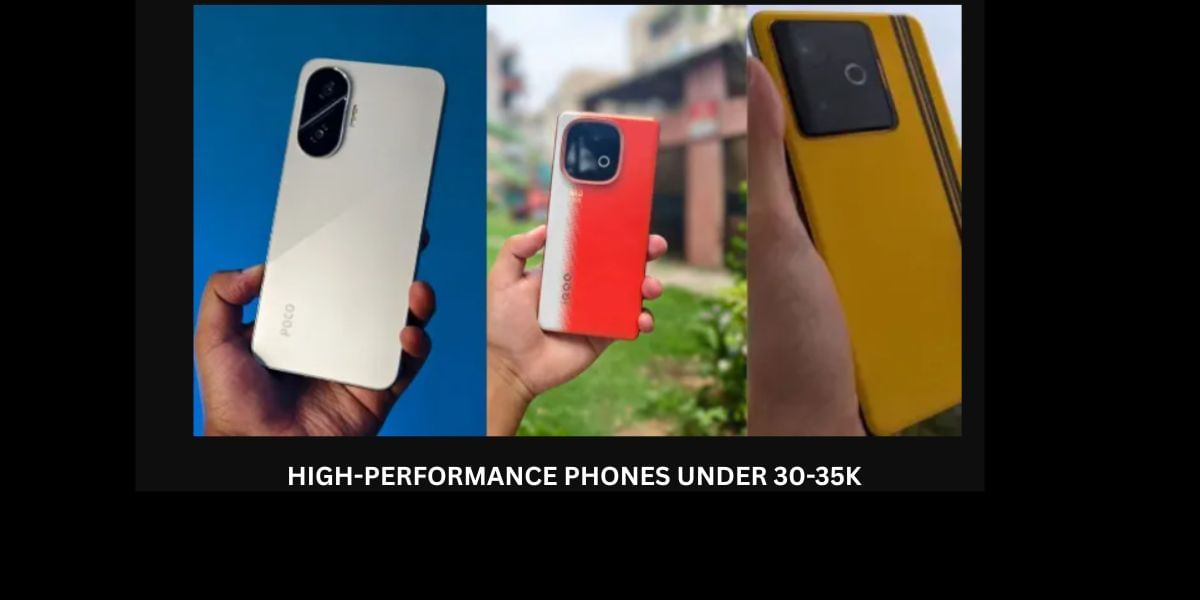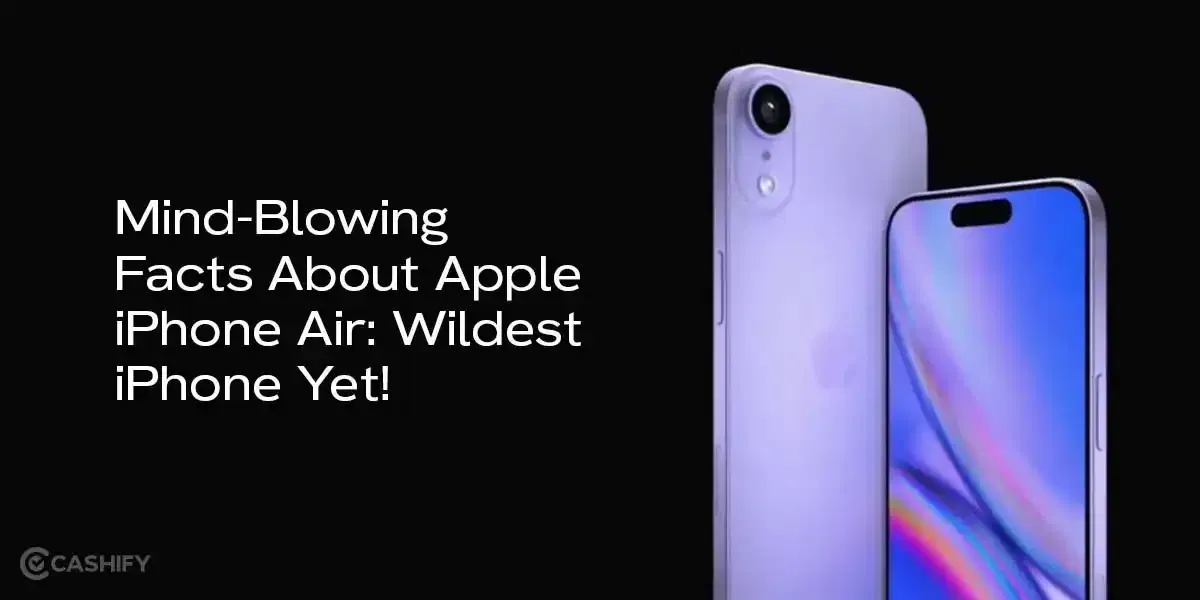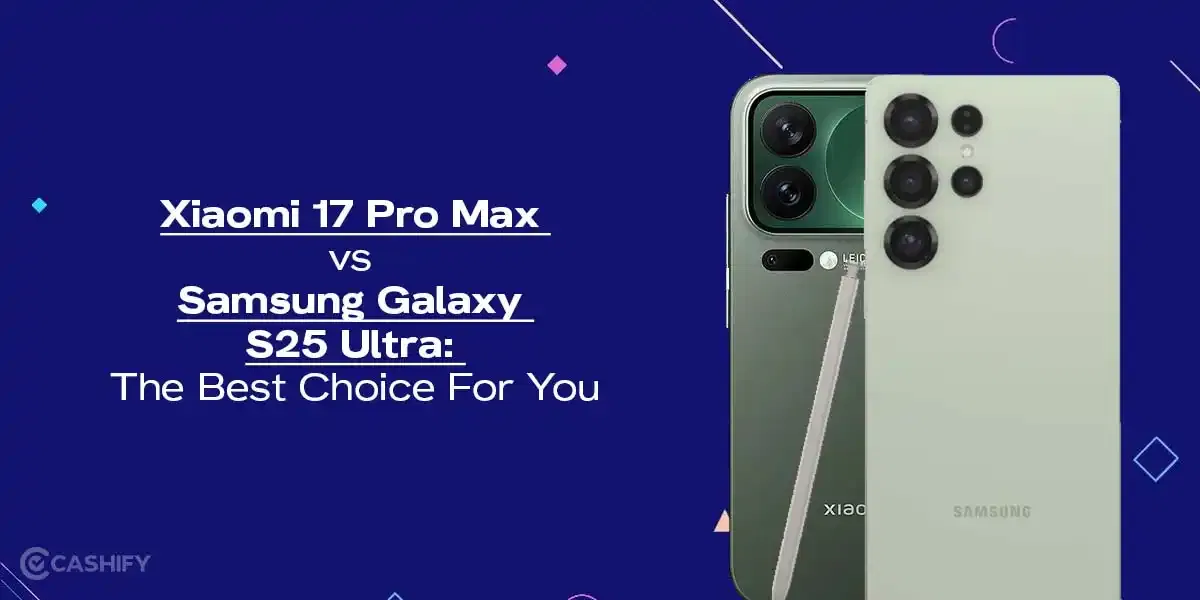iPhone 13 Pro Review
Apple is here with their new iPhone 13 series, this year. And as always, the improvements are not that significant in this year’s iPhones, but they are not that obvious at first glance. Since last year, the most important upgrades that we got this year are on the iPhone 13 Pro and 13 Pro Max. Both the camera system and battery life are significantly improved. The iPhone 13 Pro also adds a third significant improvement which is its high refresh rate 120Hz display.
I have been using the iPhone 13 Pro for quite a few days now and here is my full review of the iPhone 13 Pro.
Also Read: iPhone 13 FAQs: Everything You Need To Know
iPhone 13 Pro Price in India, Variants, Availability
Apple officially launched the iPhone 13 series on September 14, with official delivery being scheduled for 24th September. You can buy the iPhone 13 Pro from Apple’s official website in India as well as from Amazon and other online stores. The iPhone 13 Pro 128 GB variant starts from Rs. 1,19,900 and grows up to Rs. 1,69,900 for the 1TB variant. The iPhone 13 Pro is available in four colour variants, these are Graphite, Gold, Silver, and Sierra Blue.
Here is the detailed pricing of the iPhone 13 Pro with all storage variants:
- iPhone 13 Pro 128GB– Rs. 1,19,900
- iPhone 13 Pro 256GB– Rs. 1,29,900
- iPhone 13 Pro 512GB – Rs. 1,49,900
- iPhone 13 Pro 1TB – Rs. 1,69,900
iPhone 13 Pro Box Contents
Here’s what we have inside the box of iPhone 13 Pro:
- USB-C to the lightning port charging cable
- iPhone 13 Pro device
- Documentation
iPhone 13 Pro Specs at a glance
Let’s talk about the on-paper specifications of the iPhone 13 Pro at first:
- Display: 15.49 cm (6.1 inch) Super Retina XDR OLED 120Hz Display
- Camera: 12MP + 12MP + 12MP | 12MP Front Camera
- Battery: Li-Ion 3095 mAh Battery with 20W fast-charging
- Chipset: A15 Bionic Processor
- RAM & ROM: 6 GB RAM | 128 GB, 256GB, 512GB, 1TB ROM
- Dimensions: 146.7 x 71.5 x 7.65 mm
- Weight: 204 grams
iPhone 13 Pro Design and Build
The iPhone 12 series got a significant design update last year with flat sides, 5G and Magsafe charging. This year, we also saw the iPhone 13 series inherit all those features and in terms of design, there are no significant changes that differentiate the iPhone 13 from iPhone 12. The most obvious change you would observe is the notch on the screen, which is slightly smaller but only horizontally. But Apple missed out on the opportunity to make use of the extra space at the top, meaning you still can’t see the battery percentage on your phone without pulling down the control centre.
The design change you may observe in the new iPhones is that they are imperceptibly heavier and thicker than last year’s model. The camera bump on the phone is also significantly bigger, which means that the iPhone 12 Pro cases won’t fit the new iPhone 13 Pro. But this little design change is worth all the trade-offs as you get an improved battery life and better cameras with the new iPhone 13 Pro.
While most of the Android phone manufacturers are working towards foldable displays at the edge to make the phone display give a more premium look, Apple is settling with the flat screen design with a small bezel around the screen. Like last year, the glossy stainless steel on the edges picks many fingerprints, while the glass on the back provides a smooth matte finish. In case of protection, Apple provides a ceramic shield finish to prevent cracks, and for the camera lenses, you have sapphire glass for protection.
The right-hand side of the iPhone 13 Pro includes a power button, while the left-hand side houses the alert slider, volume buttons, and SIM tray. You also have the speakers at the bottom edge of the phone, and we still have the lightning port instead of USB-C for charging.
My only complaint with the iPhone 13 Pro’s design is that it doesn’t offer a touch ID in the power button or under the display as many of the leaks expected. During this pandemic when everyone is still wearing masks in public places, a physical fingerprint scanner would have been a nice alternative way to unlock our iPhones.
Also Read: Top 10 iPhone Fast Charging Adaptors in 2021
iPhone 13 Pro Display
The iPhone 13 Pro comes with a 6.1 inch super retina XDR OLED display. A significant upgrade that Apple made in the iPhone 13 Pro series is the addition of a 120 Hz screen refresh rate Pro Motion display. This means that the on-screen image refreshes 120 times a second to provide you a more fluid experience than we have seen on previous iPhones. It is the most noticeable improvement when playing games on the screen or scrolling through your social media feed.
Apple has made the refresh rate variable which will automatically adjust depending on which app you are using. For example, most games will use a 120 Hz refresh rate, but if you are reading some text on the phone, the rate will drop as low as 10 Hz. This is done to ensure your longer battery life on the phone.
The little improvements work great as the new iPhone Pro provides a very long battery life. I measured on average 837 nits with adaptive settings turned off and 1038 nits with adaptive settings on. Compared to Samsung S21 Ultra’s 821 nits, the iPhone performs way better. The display delivers stunning results even in bright daylight scenarios, all thanks to this 1000 nits peak brightness.
Overall, I am very impressed with the new 120hz high refresh rate display and I am glad it finally arrived on the iPhone 13 Pro. The iOS on the older iPhone was one of the smoothest experiences one can have on any 60hz display device, and with this 120Hz panel, you can actually feel the difference while scrolling on social media and while playing games.
iPhone 13 Pro Performance
The important specification that Apple promises every year is a newer and faster A-series bionic chip. This is the same with the iPhone 13 Pro’s new A15 Bionic processor which is a much faster and efficient chipset compared to last year. To point out the difference, I would say that iPhone 13 Pro gets comparatively high scores in terms of GPU performance compared to the iPhone 13. This is because the Pro variants this year get an extra GPU core which increases the GPU performance significantly.
The base storage on the smartphones starts at 128 GB, but this time there’s a top-end option with 1TB of storage. The storage option might sound ridiculous, but if you’re planning on shooting a bunch of 4K videos, then it might be something to consider before buying the phone.
Finally, this year Apple has decided to stick to the lightning connector for all the new iPhones. I still believe Apple has made a big mistake by not taking advantage as all current iPads and Macbooks feature a USB Type-C port. The standard cable would be incredibly convenient and useful for both charging and connecting other accessories without any adapters.
We did run a few benchmarks on the iPhone 13 Pro and the results of Antutu was about 8,34,000 and this easily crushes the iPhone 12 Pro. And the multi-core Geekbench 5 results sit at 4630 while the Geekbench results are clocked at around 14,500. I was surprised by looking at these benchmark results and the Geekbench results are about 45% higher than we have seen on the Samsung S21 Ultra.
iPhone 13 Pro Software
The iPhone 13 Pro comes with the latest iOS 15 out of the box. It does add some important features and updates such as new and revamped FaceTime, new notifications redesign, live text in the camera, etc.
The much-needed customization came to the Apple messages app users can now turn off notifications for three different categories of messages in the app. You can now turn off notifications for unknown sender transactions and promotions. Apple has also added the option to scan UPI-based QR codes directly from the camera app. So if you have multiple apps installed on your phone and just wish to scan straight from the camera itself, you can do it.
Another biggest change that iOS 15 has included is the ability to enable a Focus Mode from Control Centre. How this feature works in that, You may be complaining about spending a lot of time with their phone, but this new feature reverses all that and puts you back in charge by disabling notifications from specific apps and lets you concentrate on your work. You can now create additional profiles, which Apple calls ‘Focuses.’ By default, Apple suggests Work, Sleep, Fitness, Driving, Gaming, Mindfulness, Personal, and Reading. Each of these modes is customizable, and you can also create a new mode from scratch.
iPhone 13 Pro Cameras
Unlike the iPhone 12 series, this year you don’t have to buy the bigger and more expensive iPhone Pro Max variant to get the best camera setup. The iPhone 13 and the Pro variants all have the same primary and ultra-wide camera setups.
Currently, considering that Google has not released the Pixel 6 yet, which is expected to be the best smartphone camera, the iPhone 13 with all new cameras is all set to take the battle. And the results from the cameras are exceptionally good, especially the low light pictures were great. Now let’s talk more about the cameras in detail.
During the marketing of the iPhone 13 series, Apple has proudly said that the iPhone 13 Pro and 13 Pro Max has the “biggest advancement in camera system ever.” This is true, considering how well the smartphone performed while I was testing it.
Let me start by pointing out that this camera system on the iPhone 13 Pro is hands down the best smartphone camera available right now in the market and I was too excited to test these out. In bright daylight, the images captured by the iPhone 13 Pro’s primary 12MP camera make it very hard to distinguish whether they are from iPhone 13 or iPhone 12. But considering the fact in good lighting, almost any flagship smartphone would perform very close to each other these days.
The area where the iPhone 13 Pro camera system shines is in low light. The main wide-angle sensor has been provided with a massive upgrade this year. Unlike Android phones that showcase higher megapixel counts when launching new smartphones and advertise “pixel binning” to achieve good performance in low light, Apple is sticking with 12MP cameras for all three cameras. It is the exact resolution that the iPhone 6s used when it was launched in 2015. The primary sensor is pretty much bigger now and features 1.9µm sensor, which is about as big as anything we have ever seen on a smartphone. On top of all that, the lens now has an f/1.5 aperture.
These technical details add up to a camera that can quickly take in a massive amount of light compared to other smartphones. Combine all this with some software tuning and improvements with Apple’s computational photography; the low light performance on the iPhone 13 Pro is simply the best in the market.
The images captured through the phone have less noise in low light and more dynamic range in even medium light. Apple also stated that it has adjusted how it handles the black point, so shadow as well as exposure is more accurate now with iPhone 13 Pro. In situations where the iPhone 12 Pro aggressively hops into night Mode and lightens everything up, the 13 Pro often doesn’t need night mode to capture stunning low light photos.
Computational photography has become a new thing over the past few years since the launch of Google Pixel phones; I have seen many camera systems, including iPhones, that just sort of panic and do the wrong things when it comes to exposure or tone. The iPhone 13 Pro has handled itself very well and never done any of that in my testing.
But eventually, you might question, would you be able to notice the quality difference between the iPhone 13 Pro and the regular iPhone or even the iPhone 12 series? Definitely, with the new sensor, you will notice the difference, especially in challenging light situations. But the highlight of the iPhone 13 Pro is its new Ultra-Wide camera. We have a 12MP ultra-wide camera with 1.0µm pixel size and f/1.8 aperture. And to top it off, Apple has enabled Night mode for all three cameras.
But the more exciting addition to this year’s iPhone 13 Pro is the addition of macro mode to the camera, which allows it to pick more beautiful closeup photos. Whenever you bring the phone closer to a subject, you can see the camera frame switch over to the ultra-wide when it’s about 2cm away. The camera tries to keep the same basic framing with a crop, but apparently, not everybody is excited. Apple reportedly has mentioned that it would soon launch an update that would allow this option to be disabled automatically forever. Then you will be able to keep getting close to the subject and still have an in-focus shot and not a forced macro shot. But the photos it captures through the macro lens are better than many of the throwaway lenses that Android phones come with these days and I loved the macro shots that I got with the smartphone.
Apple will also let you shoot videos in ProRes this year, but you will need an iPhone with bigger storage (Greater than 128GB) to store all those videos. The camera uses sensor-based stabilization and that makes all the video captured more stable and beautiful in low light.
Also Read: Is The iPhone 13 Worth The Price? Everything You Need To Know
Overall the camera system on the iPhone 13 Pro has impressed me and Again, I simply state that the iPhone 13 Pro has the best camera system on any smartphone available currently in the market.
Cinematic Mode
Apple focused very much on its Cinematic Mode during the promotional campaign for the iPhone 13 Pro models. This is an entirely new upgrade for iPhone’s videography department that uses software to blur the background of a video, similar to what portrait mode does for photos. But unlike the portrait mode, Cinematic Mode doesn’t take advantage of the iPhone 13 Pro’s LIDAR sensor for creating the depth map; it just uses its software to recognize human faces.
Cinematic Mode is awesome because it automatically shifts the focus when something happens in the scene. It locks onto the biggest face that is visible, but if the face turns away, the iPhone automatically shifts focus to somebody else in the background. It is fun to play around with this and work with both the rear and front-facing selfie cameras.
Apple also provides the option to change the focus point if you are shooting by typing something in the background and lock focus by tapping again. And once you’re done shooting, you can change your focus decisions moment to moment in the photos app or Final Cut Pro on your macOS and you can change the amount of background blur for the entire video you shot.
But since it is similar to the portrait mode for photos, it also has the same irregularities. It can find weird or bad cutouts around the hair, which is less noticeable because it is video, but it is still there.
To sum up, the Cinematic Mode is fun to use and is unbelievable to have this feature on your smartphone, but this is still not perfect and requires more work to be done. It should be better in the coming months with software updates.
iPhone 13 Pro Battery
The battery has seen the biggest change in this series of iPhones. The iPhone 13 Pro has an 11% larger battery compared to the previous iPhone 12 Pro. Apple has stated that the battery improvements come from a collection of updates, including increased efficiency in the new A15 Bionic chip and changes to how the new display uses power.
On the day when I tested the phone with lots of 4K video shots and maximum brightness on the screen, it lasted from early morning 11 PM with 20% to remaining by the end of the day. The screen on time was something north of 4 hours on very heavy use. On a day with less intense usage and light activities, I got more than 7 hours of screen time before I had to plug in the phone.
I can confidently say that you can walk out of the house for a long day without carrying an external battery pack with the iPhone 13 Pro. For me, the smartphone lasted more than what I expected on a typical day without having to find a charging outlet. To sum up, I a, very impressed with the battery on the iPhone 13 Pro and it can easily last you longer than a day, even with heavy usage.
iPhone 13 Pro Audio, Connectivity, Biometrics
Apple has focused on expanding support for mid-band 5G that actually matters more currently. This means that the iPhone 13 Pro is ready for the 5G future that could come as soon as next year in India.
In terms of the speaker quality, it is the same as previous years’ iPhone 12 series. The speakers or bottom-firing, and you can easily cover them while watching movies or playing games. They do provide good sound quality, and when it comes to music, you will be able to hear the lower tones even with high volume. Unlocking the phone is the same as before; you need to use the face ID that is housed in the smaller notch.
Also Read: iPhone 13 Price Comparison in Different Countries: Where to Get the Cheapest
If I compare it to last year’s iPhone 12 Pro, I would say that the iPhone 13 Pro isn’t a huge upgrade in terms of design but it improves a lot of aspects functionally. With all the four iPhones launched the iPhone 13 Pro makes the most sense. With an improved camera, high refresh rate 120Hz display, and a bigger battery, this is the most improved iPhone I have ever seen functionally. If you are looking for a handheld compact device that offers all these new features, the iPhone 13 Pro is the smartphone to go for.


